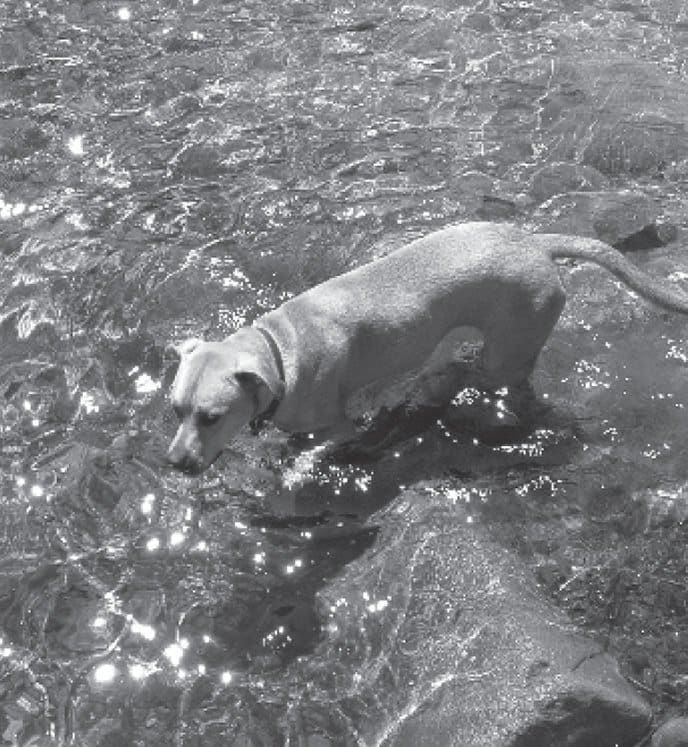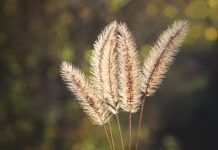[Updated August 9, 2017]
Water is wonderful, but not if it’s toxic. When conditions promote the growth or “bloom” of toxic blue-green algae in lakes and ponds, animals can die. In the U.S. and Canada, blue-green algae blooms have claimed the lives of deer, elk, livestock, and dogs, soon after drinking algae-infected water.
There are hundreds of species of algae, but the family of blue-green algae called cyanobacteria can produce toxins that affect humans and animals. According to the Minnesota Pollution Control Agency, this type of algae occurs in many aquatic environments year-round, but may thrive to a dangerous degree during periods of sustained warm, sunny days in shallow, nutrient rich bodies of water. In these conditions, the blue-green algae suddenly “blooms” – that is, reproduces exponentially. The algae produce a powerful toxin – one of the most powerful natural poisons known.
In September 2006, the Quebec Gazette reported that scientists blamed global warming for the increase in Canada’s algae problems. Blue-green algae contaminated 43 Quebec lakes and rivers in 2004 and 50 more in 2005. Health inspectors closed lakes and waterways to swimmers and boaters because in addition to killing dogs, the algae causes skin irritations, headaches, nausea, and other health problems in humans. Oregon, Washington, Minnesota, and several other states have reported algae problems.
In 2001, a new planktonic bluegreen alga, Cylindrospermopsis, was identified in reservoirs and lakes in Indiana. This organism was described in India in the early
1900s, spread to Australia by the 1980s, and reached Florida lakes in the 1990s. It is thought to produce toxins continuously, not sporadically like North America’s native blue-green algae.
In June 2007, a Michigan dog died as a result of swimming in (or drinking water from) a pond containing a blue-green algae bloom.
The state of Minnesota warns its citizens about this hazard, stating that the blue-green algae blooms are occasionally responsible for the deaths of livestock and dogs who drink contaminated water. Although toxic blooms may occur in any ice-free water, they usually develop in late summer and early fall. (Michigan authorities were surprised by toxic blooms in that state’s ponds in mid-June of this year.)
Algae blooms may turn the water cloudy with a green (like pea soup), yellow, or blue-green hue. The water may develop a “swampy” odor as the algae accumulate in large floating mats and decompose. Wind-driven blooms often accumulate on downwind shorelines.
Algae blooms may be toxic, but not all of them are; it is impossible to predict which blooms are toxic and which are not. In addition, blooms can be temporary, for the
wind can completely dissipate a toxic bloom in a few hours or over the course of a day.
People and animals should avoid swimming in or drinking water from ponds or lakes that contain an algae bloom. Check with park departments, state cooperative extension offices, and local news media regarding the algae status of nearby lakes and ponds
before planning outings with your dog. And always carry enough fresh water for both of you!






